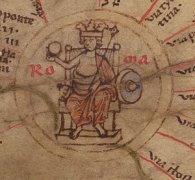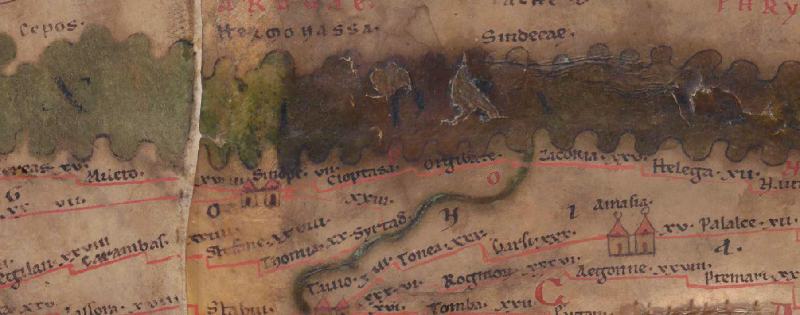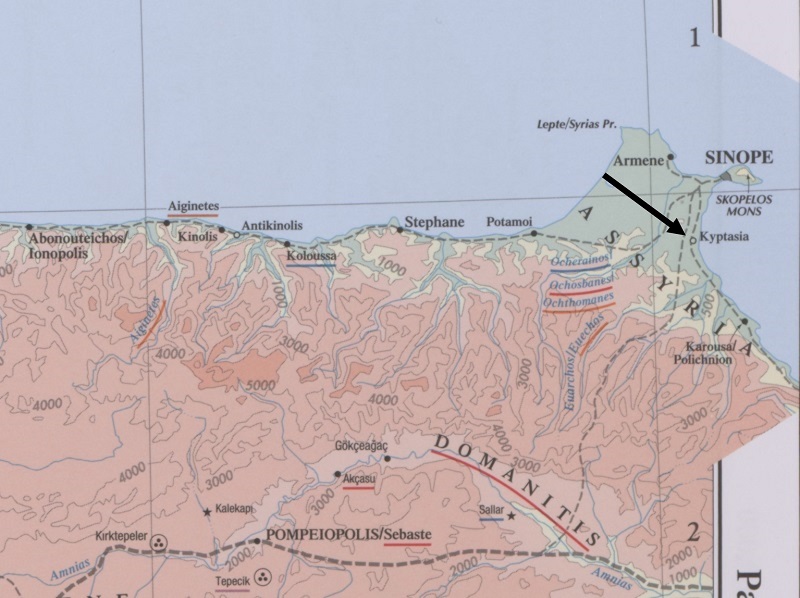
Tabula Peutingeriana – Single display of hits
| Toponym TP (renewed): | Cloptasa |
| Name (modern): | ? Demirci köy? oder Eren Boğazı?) |
| Image: |  To the image detail |
| Toponym before | VII Sinope |
| Toponym following | - Orgibate |
| Alternative Image | --- |
| Image (Barrington 2000) |
 |
| Image (Scheyb 1753) |
 |
| Image (Welser 1598) | --- |
| Image (MSI 2025) | --- |
| Pleiades: | https://pleiades.stoa.org/places/844996 |
| Area: | Asia Minor |
| Toponym Type: | Toponym, no Symbol |
| Grid square: | 9A1 |
| Toponym Color: | black |
| Vignette Type : | --- |
| Itinerary: |
|
| Alternative Name (Lexica): |
|
| Name A (RE): | Kyptasia |
| Name B (Barrington Atlas): | Kyptasia (86 F2) |
| Name C (TIR/TIB/others): |
|
| Name D (Miller): | Cloptasa |
| Name E (Levi): |
|
| Name F (Ravennate): | Cyptasa (p. 29,31); Cloptasa (p. 92,6) |
| Name G (Ptolemy): | Κυπτασία (5,4,3, var. lect. Κοπτασία) |
| Plinius: |
|
| Strabo: |
|
| Dating from Toponym on TP: | Roman Imperial Period (2nd century) |
| Argument for Dating: | Erstmals belegt bei Ptol. |
| Commentary on the Toponym: |
Gleiche Namensform: |
| References: |
Dan, Anca: Sinope,«capitale» pontique, dans la géographie antique, in: Bru, Hadrien/ Kirbihler, François/Lebreton, Stéphane (Hgg.): L´Asie mineure dans l´Antiquité: échanges, populations et territoires: Regards actuels sur une péninsule, Rennes 2009, 67-131. |
| Last Update: | 12.08.2025 14:29 |
Cite this page:
https://www1.ku.de/ggf/ag/tabula_peutingeriana/trefferanzeige_en.php?id=1337 [last accessed on December 12, 2025]